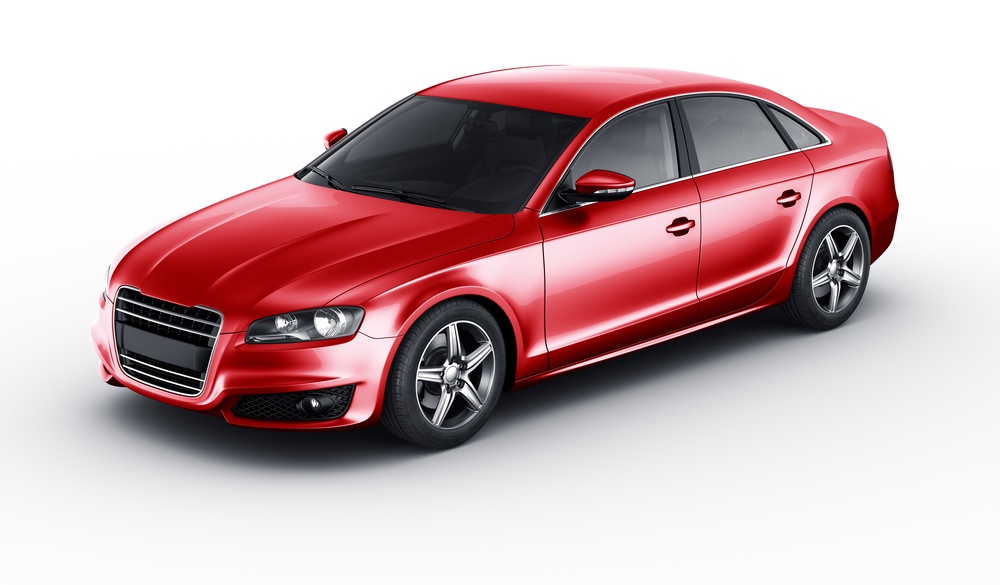We use cookies and similar technologies to recognize your repeat visits and preferences, to measure the effectiveness of campaigns, and improve our websites. For settings and more information about cookies, view our Cookie Policy. By clicking “I accept” on this banner or using our site, you consent to the use of cookies.
I Accept
This article contains:
But your car is fully computer-enabled via telematics that catch-all word that describes telecommunications, vehicular technologies, engineering, road safety, wireless communications, and navigation technologies.
So you pull over to the side of the road, and get into the passenger seat. Presto…your automated driver takes over for the rest of the trip.
You have the most up-to-date traffic information, your car is traffic-aware and going the optimum speed to conserve gas and road conditions, and you are comfortably listening to your iTunes home library via the cloud. The relaxing ride is clearly having an impact on your blood pressure, which is being monitored. And when you get home on this winter’s day, your heat will be on.
Sound farfetched? Analysts are predicting driverless cars on the market by 2020, and Google is currently testing them in the San Francisco Bay Area. A myriad of internet-enabled technologies will be integrated and monitored.
How does a driverless car work?
And as much as we as Boomers look forward to driverless cars (and yes, perhaps being the first generation not to give up its car keys!), hacking can also threaten this ‘Autopia.’
The problem is that as cars evolve into, essentially, computers on wheels, they are vulnerable to the same privacy issues and hacker attacks as home computers, laptops and smartphones. And with automated cars already hitting the road in the prototype stage, futurists –and our own Department of Defense – are already pondering what can happen when two tons of moving steel is commandeered.
I know, it sounds like Terminator, but a convergence of trends has brought us to this point. One is that cars are increasingly in the cloud. Dozens of independently operated computers in cars are all connected via a single in-car communications network known as the CAN bus (for controller-area-network). Jargon and technology aside, that means cars are doing more via computers, and these modern cars are all vulnerable through a single access point (the CAN bus).
The bottom line: computers in cars, or cars as computers, can be valuable and useful for drivers of all ages. Drivers can get real-time road conditions, and real-time navigational updates. Automated safety devices, such as an early collision warning system, could literally save lives. Not to mention the advantages of driverless cars.
At AVG we can already see our mission expanding to make sure that this technology is as safe to use as any of your other e-devices.
We all want safe technology, especially on the road.
For more information on Connected Cars, read my latest blog from SXSW or watch the video below:
http://youtu.be/Ie1rEDWjlzg
